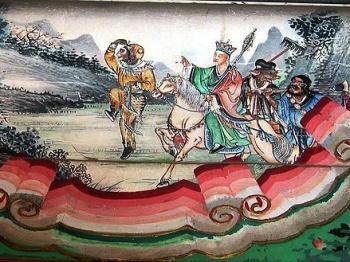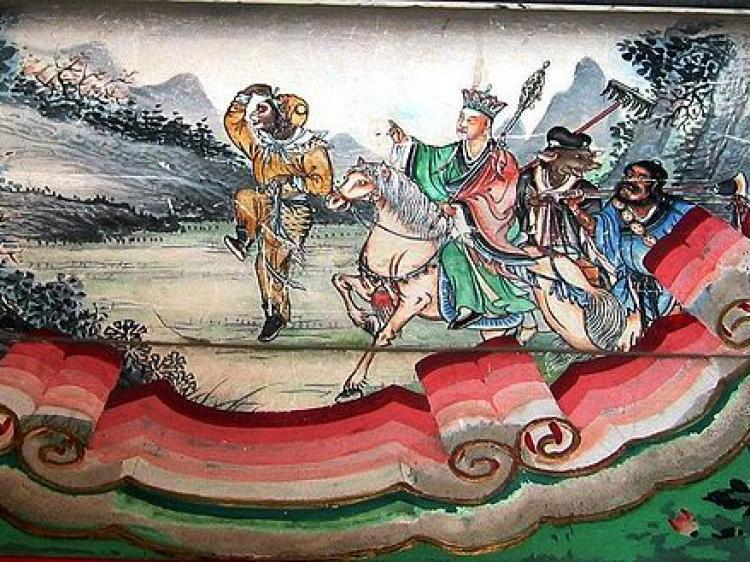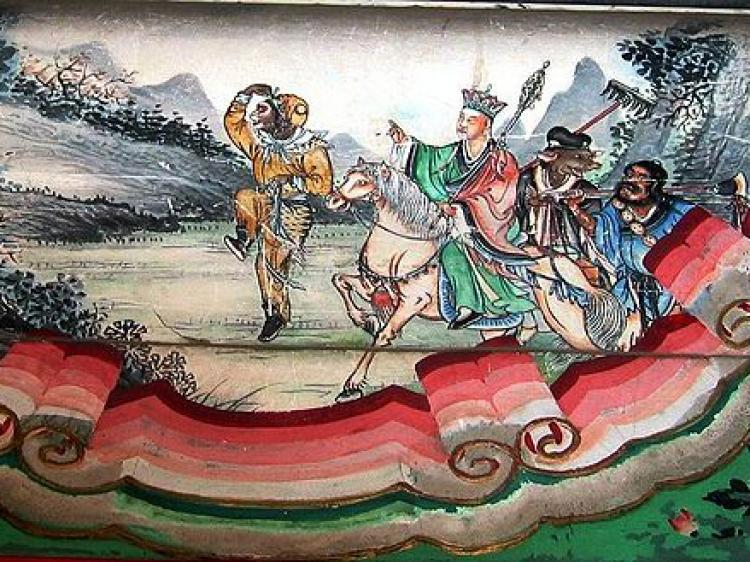Sun Shines on Legendary Rock Only Every 60 Years
According to legend, since a monk dried Buddhist scriptures on the rock, a strange phenomenon happens every 60 years.

Photograph of painting depicting a scene from the Chinese classic Journey to the West. The painting shows the four heros of the story, left to right: Sun Wukong, Xuanzang, Zhu Wuneng, and Sha Wujing. Wikimedia Commons
|Updated:






